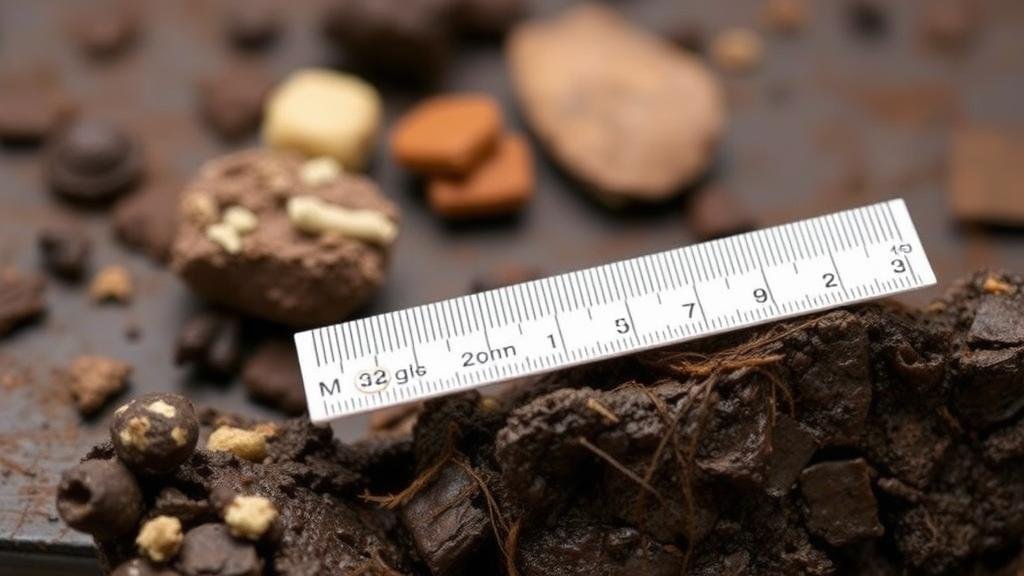How to Preserve Finds Made in Acidic or Peat-Rich Environments
How to Preserve Finds Made in Acidic or Peat-Rich Environments
The preservation of archaeological and historical artifacts found in acidic or peat-rich environments presents unique challenges. These ecosystems, such as bogs and wetlands, create an anaerobic environment that can both preserve and damage organic materials. Understanding the nuances of these environments is crucial for effective preservation strategies. This article delves into methodologies, best practices, and case studies relevant to the preservation of finds in these specific conditions.
Understanding Acidic and Peat-Rich Environments
Acidic environments, often characterized by low pH levels, can lead to the rapid decay of organic materials. Peat-rich environments, which contain partially decayed plant material, present both preservation opportunities and risks. The acidic waters of these ecosystems are known to preserve certain types of organic materials like wood, leather, and textiles, but they can also cause the degradation of other materials, such as metals and ceramics.
For example, artifacts discovered in the bogs of Northern Europe, such as the famous bog bodies of Denmark, are remarkably well-preserved due to the unique chemical properties of the peat. But, the same environment poses risks such as the corrosion of metal artifacts. So, preservation strategies must be tailored to the specific context of the find.
Preservation Techniques for Acidic Environments
The preservation of artifacts retrieved from acidic environments involves a multi-faceted approach. The following techniques are commonly recommended:
- Initial Documentation: Before any physical intervention, thorough documentation is essential. This includes photography, GPS mapping, and detailed notes regarding the context of the find.
- Controlled Cleaning: Carefully wash artifacts using distilled water to avoid introducing harmful minerals or chemicals. Soft brushes may be employed to remove surface contaminants without causing damage.
- pH Stabilization: For artifacts exhibiting signs of acid degradation, immersing them in solutions that help to buffer pH levels can be beneficial. Calcium carbonate solutions, for instance, can neutralize acidity and stabilize organic materials.
Methodologies for Peat-Rich Finds
Preservation techniques specifically for peat-rich finds often focus on maintaining the artifacts moisture content and preventing oxidative damage. Key methodologies include:
- Moisture Control: Directly monitor the moisture content of peat-preserved artifacts. Maintaining a consistent level of humidity can prevent drying out, which often leads to cracks and deformation in organic materials.
- Consolidation Treatments: Use of consolidants such as Paraloid B-72 can enhance stability. These polymer solutions fortify biological materials while remaining compatible with organic constituents.
- Storage in Anaerobic Conditions: If feasible, artifacts should be stored in anaerobic conditions or environments with low oxygen levels to replicate the conditions from which they were retrieved.
Case Studies and Examples
One of the most notable case studies is the preservation of the Tollund Man, one of the best-preserved prehistoric bog bodies discovered in Denmark. His body was discovered in a highly acidic bog, which preserved the skin and internal organs. Researchers utilized techniques such as delicate cleaning, pH stabilization, and careful storage to maintain the integrity of the remains. This case highlights effective methodologies employed to conserve organic materials found in peat-rich environments, showcasing the success of interdisciplinary approaches combining archaeology, chemistry, and conservation science.
Challenges in Preservation
Despite advancements in preservation techniques, several challenges persist. Fluctuations in environmental conditions can adversely affect stored artifacts. The introduction of modern materials may also pose risks; for instance, the use of certain plastics can leach harmful chemicals over time. Also, limited funding and resources for conservation efforts can restrict access to state-of-the-art preservation technologies.
Actionable Takeaways
For professionals engaged in the preservation of finds from acidic or peat-rich environments, consider the following actionable takeaways:
- Invest in Training: Continuous education in best practices and new technologies is essential for effective preservation.
- Engage Multidisciplinary Collaboration: Work with chemists, conservators, and environmental scientists to develop and implement effective preservation strategies.
- Maintain Documentation Standards: Always document finds thoroughly to ensure accurate preservation methods are applied and to share knowledge with the broader archaeological community.
To wrap up, the preservation of finds made in acidic or peat-rich environments requires careful planning, comprehensive knowledge, and a collaborative approach. By implementing proven methodologies and understanding the unique challenges these environments present, we can significantly improve the preservation efforts of vulnerable artifacts for future generations.



